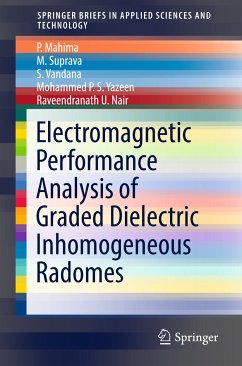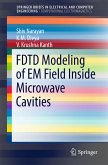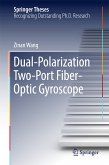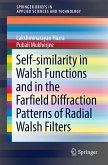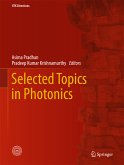Mahima P. has been working as a project scientist with the Centre for Electromagnetics (CEM) at CSIR-National Aerospace Laboratories (CSIR-NAL), Bangalore, India, since June 2016. She obtained her M.Tech. degree (Microwave and Radar Electronics) from Cochin University of Science and Technology (CUSAT) in 2016. Her research interests include the design and analysis of radomes, frequency selective surfaces (FSS) and antennas.
Suprava M. served as a project postgraduate trainee at the CSIR-NAL Centre for Electromagnetics (CEM) in Bangalore from August 2014 to November 2015. She obtained her B.Tech. degree in Electronics and Communication Engineering from Vignan Institute of Technology and Management Engineering, Berhampur, Odisha, India. Her primary research interest is the design and analysis of radomes.
Vandana S. served as a project postgraduate trainee at the CSIR-NAL Centre for Electromagnetics (CEM) in Bangalore from October 2014to July 2015. She obtained her M.Tech. (Digital Electronics) from CUSAT, Cochin, India in 2013. Her research interests include the design and analysis of radomes, signal processing and EM material characterization techniques.
Mohammed Yazeen P.S. served as a project scientist at the CSIR-NAL Centre for Electromagnetics (CEM) in Bangalore from February 2015 to July 2016. He obtained his M.Tech. (Wireless Technology) from CUSAT, Cochin, India in 2014. His research interests range from the design and analysis of streamlined airborne radomes, wireless communication, and digital beamformers, to structurally integrated radiating structures and electromagnetic (EM) material characterization.
Dr Raveendranath U. Nair is currently Senior Principal Scientist and Head of the Centre for Electromagnetics (CEM) at CSIR-National Aerospace Laboratories (CSIR-NAL), Bangalore, India. Dr Nair has authored/co-authored over 260 research publications, including peer-reviewed journal papers, symposium papers and technical reports. He is also a Professor of the Academy of Scientific and Innovative Research (AcSIR), New Delhi.

